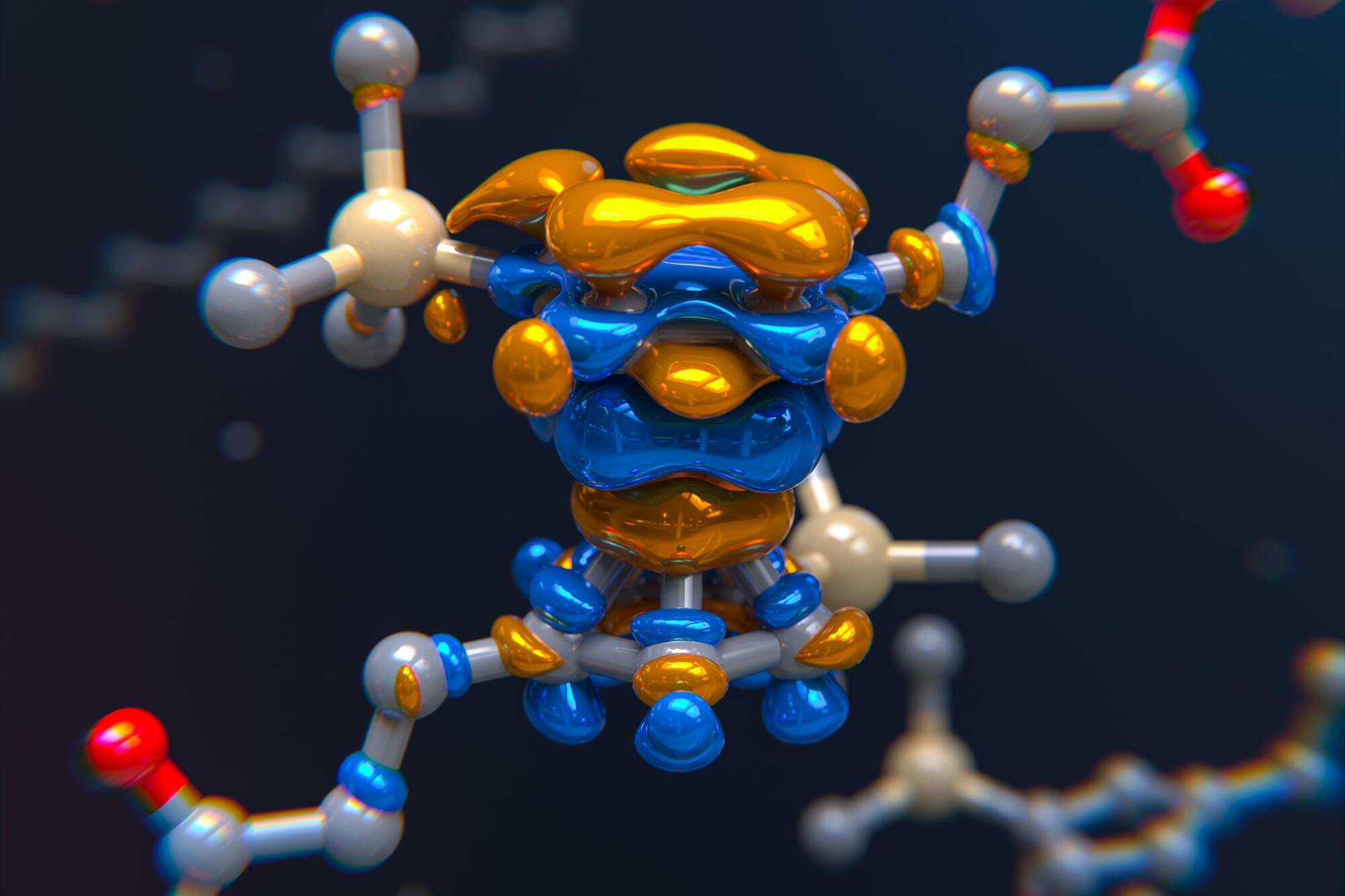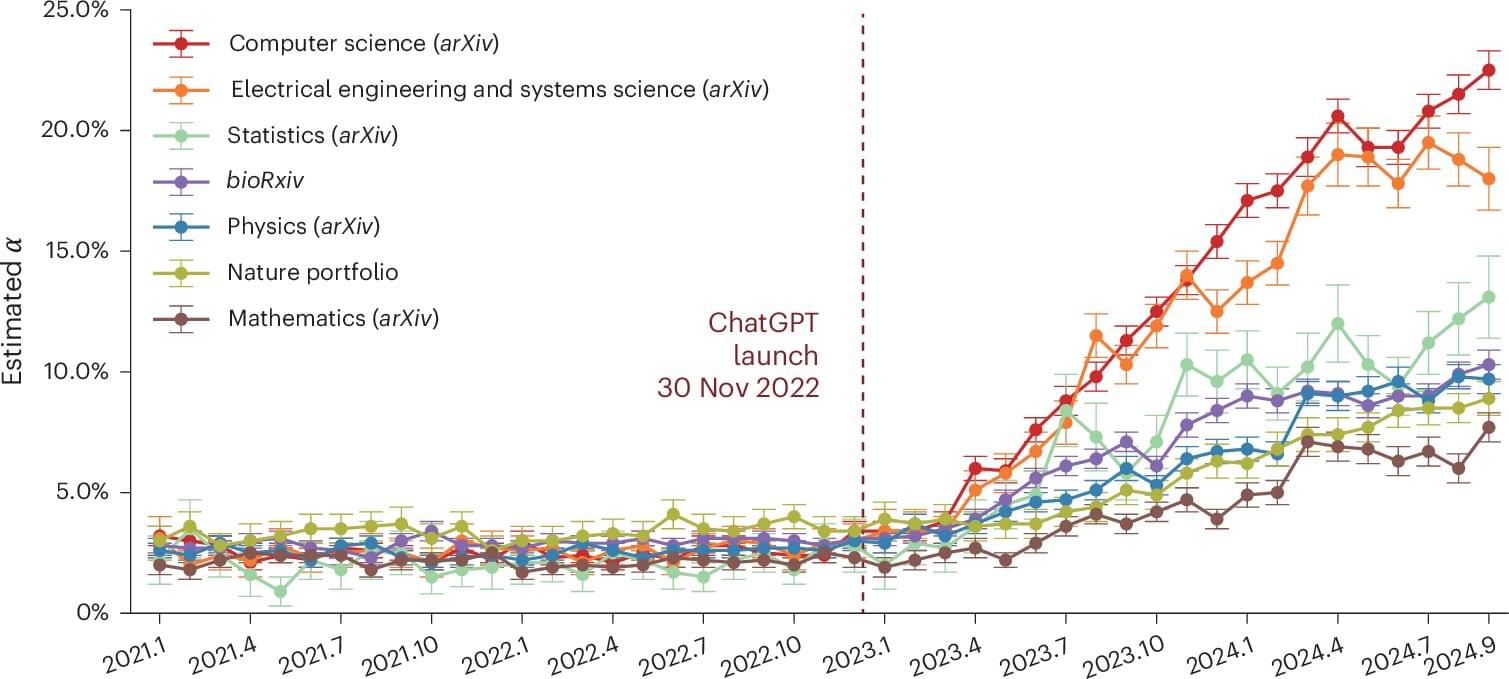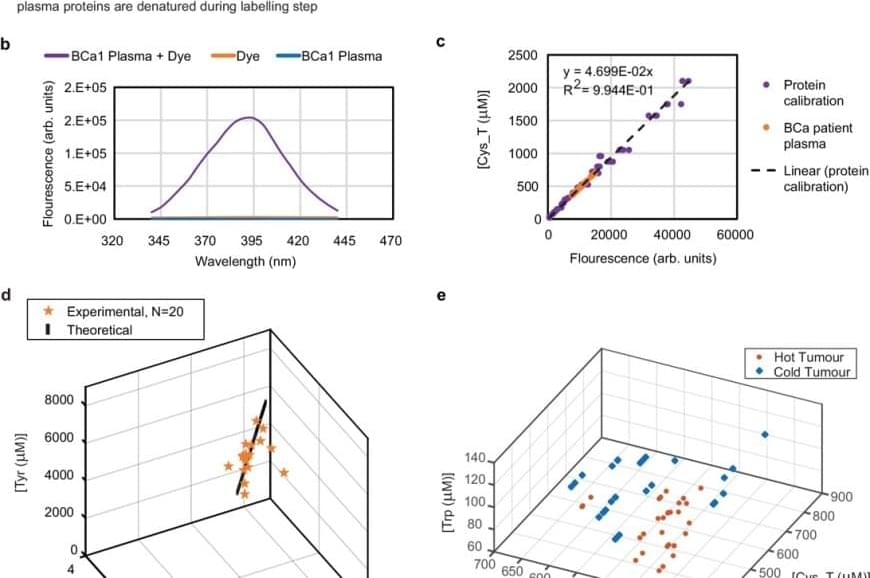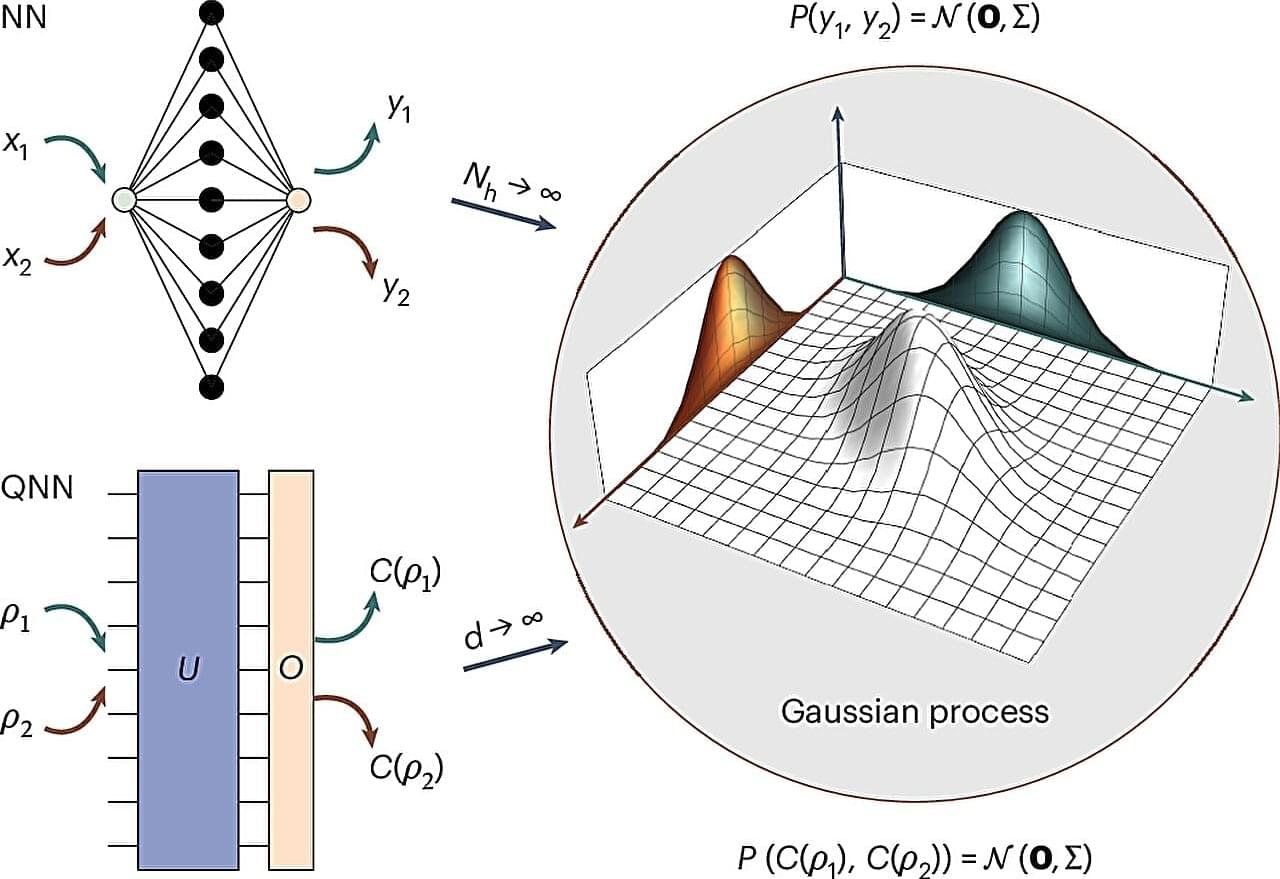A new strategy for strengthening polymer materials could lead to more durable plastics and cut down on plastic waste, MIT and Duke University researchers report.


The hosts delve into “The Future of Science” (Будущее Науки) by Viktor Filaletov (Виктор Филалетов), offering a profound exploration of science’s fundamental nature, evolving methodology, and crucial future prospects. The sources consistently portray science as a systematic process of knowledge acquisition, driven by the meticulous study of regularities and an unwavering commitment to understanding reality. At its core, scientific activity involves rigorous observation, precise experimentation, and the development of robust theories through the generalization of observations and facts. This entire scientific work is depicted as a deeply intellectual activity, fueled by intellectual curiosity and the unyielding pursuit of objective truth.
A significant focus is placed on scientific methodology, highlighting the importance of systematic research, the interplay of logic and intuition, and precise data analysis in tackling diverse scientific problems and achieving groundbreaking scientific discoveries. Scientific progress is depicted as a continuous, dynamic process, requiring constant critical thinking, scientific skepticism, and an openness to challenge established theoretical frameworks for ongoing intellectual development. The text distinguishes between fundamental research and applied research, acknowledging the vital role of both in advancing knowledge and understanding the world.
The sources candidly address the inherent challenges in scientific research, including navigating uncertainty in science and confronting the inherent limits of human understanding and perception. They underscore the vital human element, where scientific thought and scientific creativity are integral to the investigative process. Furthermore, crucial ethical considerations and profound scientific responsibility are discussed, particularly regarding the immense societal impact of science and its implications for future generations. The relentless pursuit of scientific truth often necessitates confronting the unknown and achieving scientific validation through empirical evidence. The text also touches upon the philosophical aspects of science and the importance of scientific integrity in all endeavors.
Looking towards the future of science, the discourse emphasizes relentless innovation and accelerated technological advancement. A compelling and recurring theme is the necessity of interdisciplinary research and expanded global scientific collaboration to effectively address and solve complex global challenges. The ongoing evolution of scientific thought and collective intellectual development are posited as essential drivers for uncovering new scientific breakthroughs and pushing the very frontiers of knowledge. Ultimately, scientific inquiry is presented as an unending pursuit of understanding, continually redefining our comprehension of the world and ensuring the future of scientific endeavor remains vibrant and impactful. #science #philosophy #FutureOfScience #ScientificResearch #ScienceProgress #KnowledgeDiscovery #HumanityForward #deepdive #skeptic #podcast #synopsis #books #bookreview #science #aiart #ai #artificialintelligence #booktube #aigenerated #videoessay

Since its release in November of 2022, the use of ChatGPT and other large language models (LLMs) has proliferated throughout many disciplines, providing writing assistance for everything from speeches to contracts. So, it may not be surprising that some scientists might utilize ChatGPT to quicken the pace at which they publish their research.
Emerging technologies, such as autonomous vehicles, drones, and humanoid robotics, are rapidly transforming industries and revolutionizing transportation, logistics, and other sectors, driven by decreasing costs, economic incentives, and significant investments.
Questions to inspire discussion.
Emerging Technologies 🚁 Q: How are drones revolutionizing delivery services? A: Drones are delivering millions of goods with insane energy efficiency, cost-effectiveness, and convenience, exemplified by Google’s Wing program partnering with Walmart and DoorDash, and Zipline saving half a million lives delivering medicine worldwide. 🤖 Q: What roles can humanoid robots fill in the workforce?

Current methods for cancer diagnosis are based on identifying biomarkers — molecules that reveal a particular state or process in the body – produced by the tumor or associated proteins. Not surprisingly, these markers are more abundant once the tumor has already developed significantly. And the more advanced the tumor, the more difficult it is to find effective treatment options.
Now, a research team has developed a test that can detect early-stage solid tumors with just a blood sample. In addition, the test also provides information relevant to the choice of treatment.
To achieve this early detection, the team focused the test not on the markers produced by the tumor, but on the body’s defensive reaction to the cancer. Since the 19th century it has been known that the emergence of cancer cells causes changes in the immune system, and it was also known that these changes are more intense in cancer’s earliest stages. But they had never been used for diagnosis. The new study focuses on them, specifically on the changes in blood proteins derived from cancer’s disruption of the immune system.
But this approach posed a problem to the team: human blood contains more than 5,000 proteins, which makes it extremely difficult to analyze. So they used bioinformatics analysis and narrowed the scope of the study to five amino acids: lysine, tryptophan, tyrosine, cysteine and cysteine not bound to disulphide bonds.
They then subjected the sample to reactions that emit fluorescence when light is applied to them — fluorogenic reactions — and revealed the exact concentration of each of these amino acids in the plasma. Using the artificial intelligence tool machine learning, they identified patterns in these concentrations that could be translated into diagnostic signals.
As they explain in the published article, they applied this technique to samples from 170 patients and were able to identify 78% of cancers with a 0% false positive rate.


Chinese researchers unveiled on Saturday a new generation of super large-scale brain-like computer, Darwin Monkey, the world’s first neuromorphic brain-like computer based on dedicated neuromorphic chips with over 2 billion neurons, which can mimic the workings of a macaque monkey’s brain.
Developed by the State Key Laboratory of Brain-Machine Intelligence at Zhejiang University in East China’s Zhejiang Province, Darwin Monkey, also known as Wukong supports over 2 billion spiking neurons and more than 100 billion synapses, with a neuron count approaching that of a macaque brain. It consumes approximately 2,000 watts of power under typical operating conditions, the Science and Technology Daily reported.
The human brain is like an extremely efficient “computer.” Brain-inspired computing applies the working principles of biological neural networks to computer system design, aiming to build computing systems that, like the brain, feature low power consumption, high parallelism, high efficiency, and intelligence.

Neural networks revolutionized machine learning for classical computers: self-driving cars, language translation and even artificial intelligence software were all made possible. It is no wonder, then, that researchers wanted to transfer this same power to quantum computers—but all attempts to do so brought unforeseen problems.
Recently, however, a team at Los Alamos National Laboratory developed a new way to bring these same mathematical concepts to quantum computers by leveraging something called the Gaussian process.
“Our goal for this project was to see if we could prove that genuine quantum Gaussian processes exist,” said Marco Cerezo, the Los Alamos team’s lead scientist. “Such a result would spur innovations and new forms of performing quantum machine learning.”

Solves major problems associated with integrating electronics, photonics in microchip systems.
The MIT device in the green callout could be key to faster, more energy-efficient data communication. It solves a major problem associated with packaging an electrical chip (black, center) with photonic chips (the eight surrounding squares). This image also shows an automated tool placing the final photonic chip into position. Image courtesy Drew Weninger, MIT.
The future of digital computing and communications will involve both electronics—manipulating data with electricity—and photonics, or doing the same with light. Together the two could allow exponentially more data traffic across the globe in a process that is also more energy efficient.
“The bottom line is that integrating photonics with electronics in the same package is the transistor for the 21st century. If we can’t figure out how to do that, then we’re not going to be able to scale forward,” says Lionel Kimerling, the Thomas Lord Professor of Materials Science and Engineering at MIT and director of the MIT Microphotonics Center.
Enter FUTUR-IC, a new research team based at MIT and funded by the National Science Foundation’s Convergence Accelerator through a cooperative agreement. “Our goal is to build a microchip industry value chain that is resource-efficient,” says Anu Agarwal, head of FUTUR-IC and a principal research scientist at the Materials Research Laboratory (MRL).